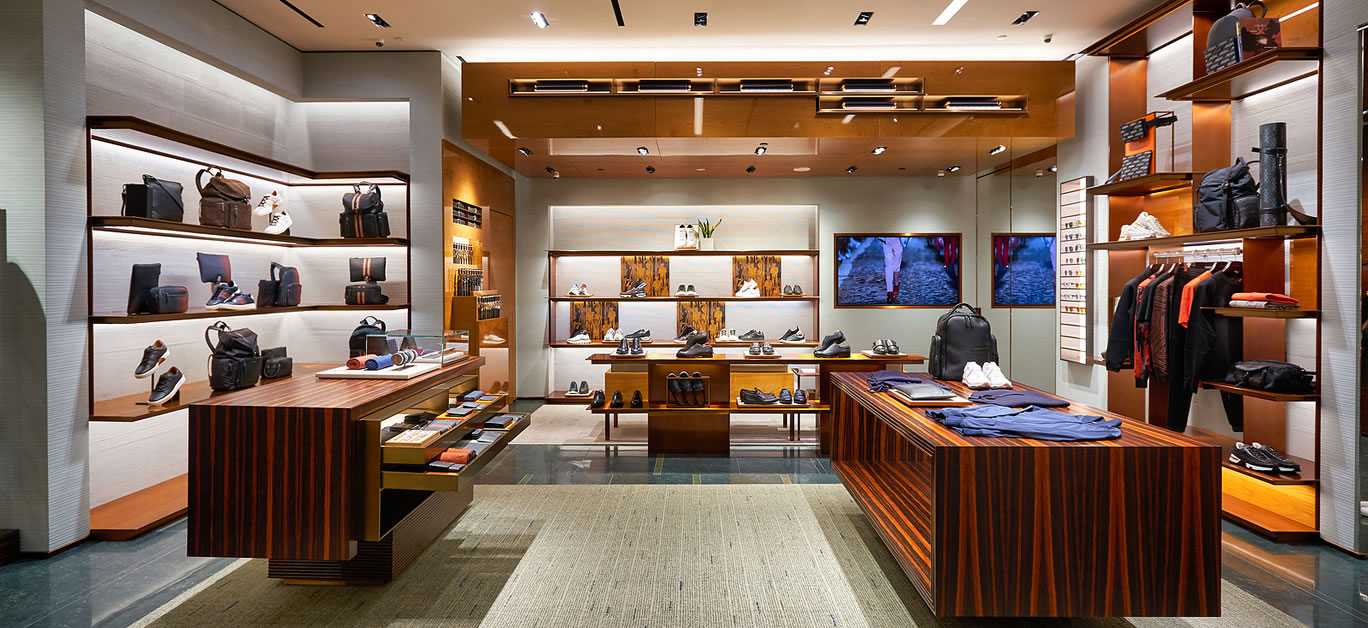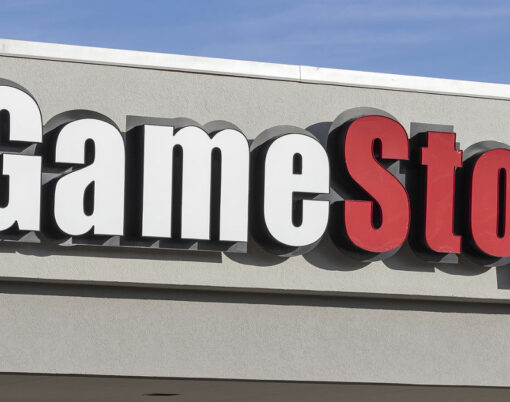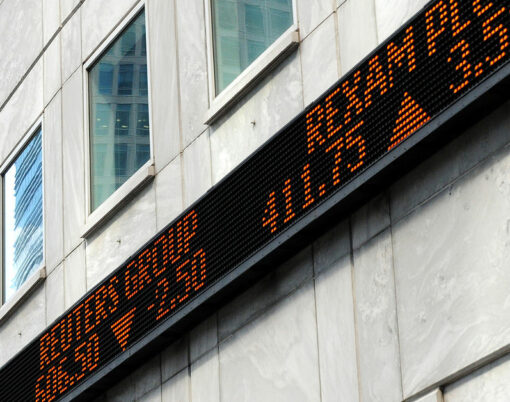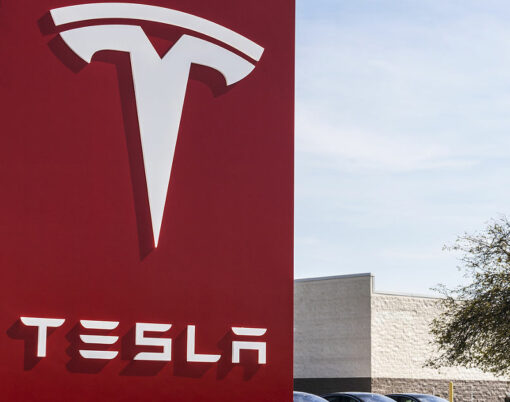Looking for a more exciting way to invest your money? As it happens, there’s a pretty penny to be made in the world of luxury goods, and from high-end watches to designer handbags, there’s something to suit all tastes. Many investors have made a sizeable fortune by placing their money into shares in some of the world’s biggest fashion houses, and now is one of the best opportunities to do so in years.
There’s no denying that the global Covid-19 pandemic has had a devastating impact on almost all industries and sectors worldwide – but with this comes some great investment opportunities that could serve you well in the future.
With share prices having plunged almost across the board in 2020, the question is, when will they begin to climb again? And how can investors get a slice of the pie without taking the ultimate risk?
The basics
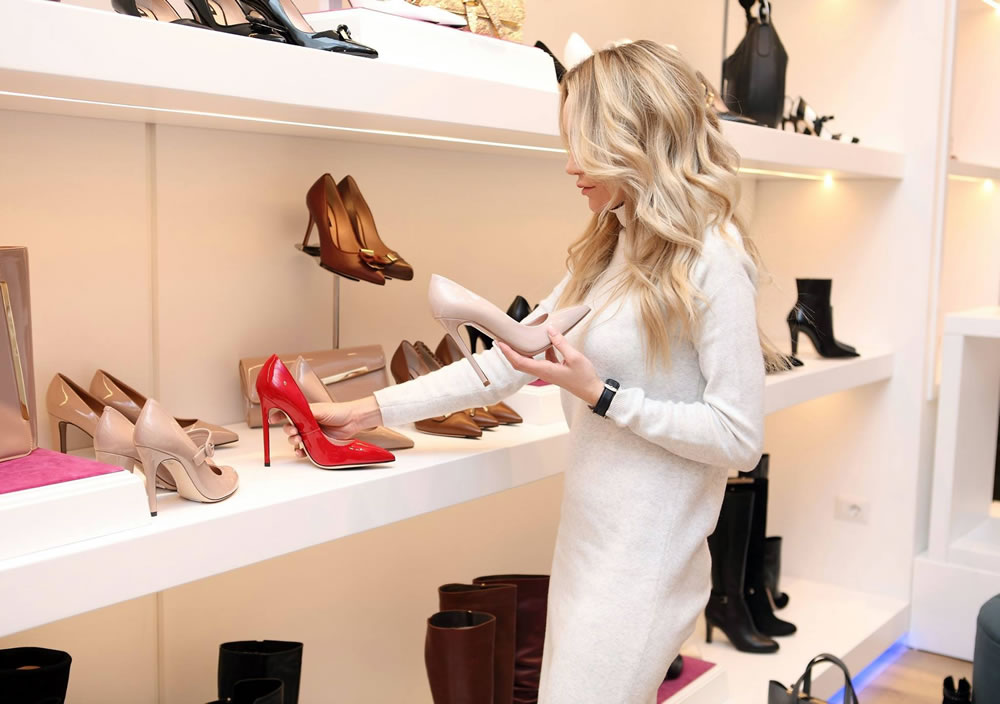
There’s little denying that when it comes to the luxury industry, Europe has historically reigned supreme, and little has changed until today. Home of some of the world’s finest luxury brands, and a love of them, too, it’s unfortunate that many of the biggest names are privately owned. Many of them are still run by the families that founded them, which leaves little room for outside investment as a result. So, if you have set your heart on some shares in the likes of Chanel, Gucci or Armani, then you’re barking up the wrong tree, but that doesn’t mean there aren’t still some savvy investment options for you.
Some brands might appear to be unavailable for investment, but in fact, many are part of a trading company with a market listing. Paris-based Kering, for example – which owns the likes of Alexander McQueen and Yves Saint Laurent – is a good example of this, as is Richemont, which is the parent company of ultra-luxe brands including Cartier, Chloe and Purdey.
The luxury goods industry has certainly experienced a hit this year – much like everything else. In May, it was predicted that the industry would contract by between 20 to 35 per cent in 2020 as a whole, having got off to a strong start in January before experiencing a dramatic 25 per cent fall by the end of the first quarter.
But nonetheless, it has fared reasonably well compared to other industries and sectors, largely thanks to its wealthy set of clientele, who are likely to have been less impacted financially thanks to their sizeable existing fortunes. And, despite the fact that luxuries have been the first thing to go for many, when the global Covid-19 pandemic is over, it’s likely that the industry will bounce back fairly quickly.
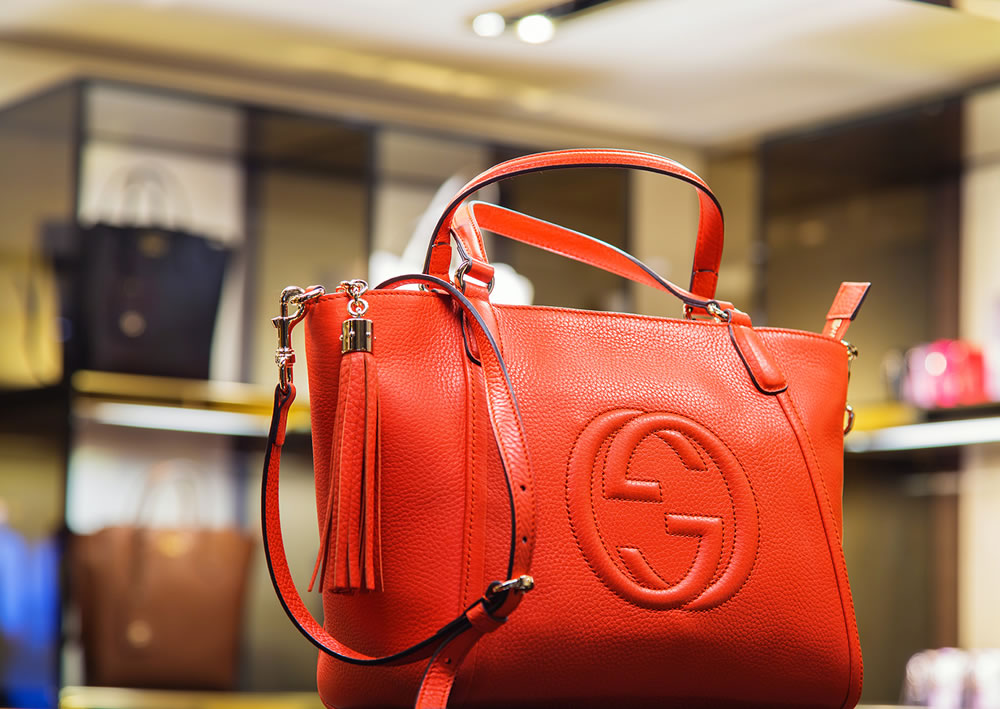
In fact, it’s for this reason that now is a great time to invest, because as share prices remain low, you could bag yourself a bargain. As ever, you should be sure to use a regulated broker and do substantial research first, but play your cards right, and it will bring you a princely return on investment in years to come.
The future of luxury
China, it seems, has already begun to lead the recovery, with the nation’s consumers showing themselves to be crucial drivers of the industry. By 2025, it’s thought that they will account for nearly 50 per cent of the industry – which is no small feat.
Although many stores have been intermittently closed throughout the global crisis, this has seen many consumers simply move to online shopping instead, and it is this that has kept the industry going. It is predicted that online luxury purchases will represent up to 30 per cent of the market by 2025.
Of course, the recovery won’t happen overnight – and according to research conducted by Bain and Company, it could take until at least 2022 or 2024 for recovery to reach the levels seen in 2019 – prior to the discovery of Covid-19, and its devastatingly widespread impact.
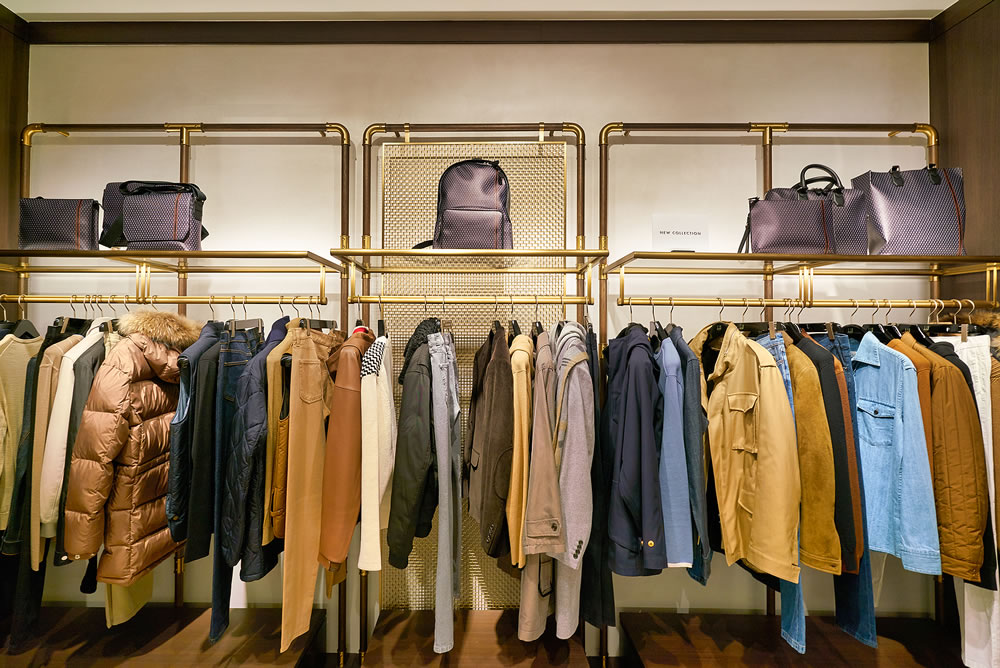
Even so, market growth is likely to resume from then onwards, reaching upwards of £300 billion by 2025. The growth will depend largely on the strategic response implemented by key players to the crisis, and is likely to see the industry transformed. Luxury players will have to face the disruption head on if they are to recover quickly, and it’s how they act now that could set the tone for their futures.
Whichever way you choose to look at it, there is no denying that the world has changed, and from design and manufacture to distribution, marketing to supply chain, every aspect of the market will need to change. Perhaps most notably of all, it is interaction with customers that will need to undergo the most dramatic transformation.
So, who should you be investing your money in in 2020? It’s always a risk, but as any savvy will know, with risk can come great opportunity, too. The brands that come out on top at the end of this will be those that are able to maintain their essence and individual stories whilst adapting rapidly to this whole new world, and those who can identify them ahead of time will be reaping the benefits in years to come.












